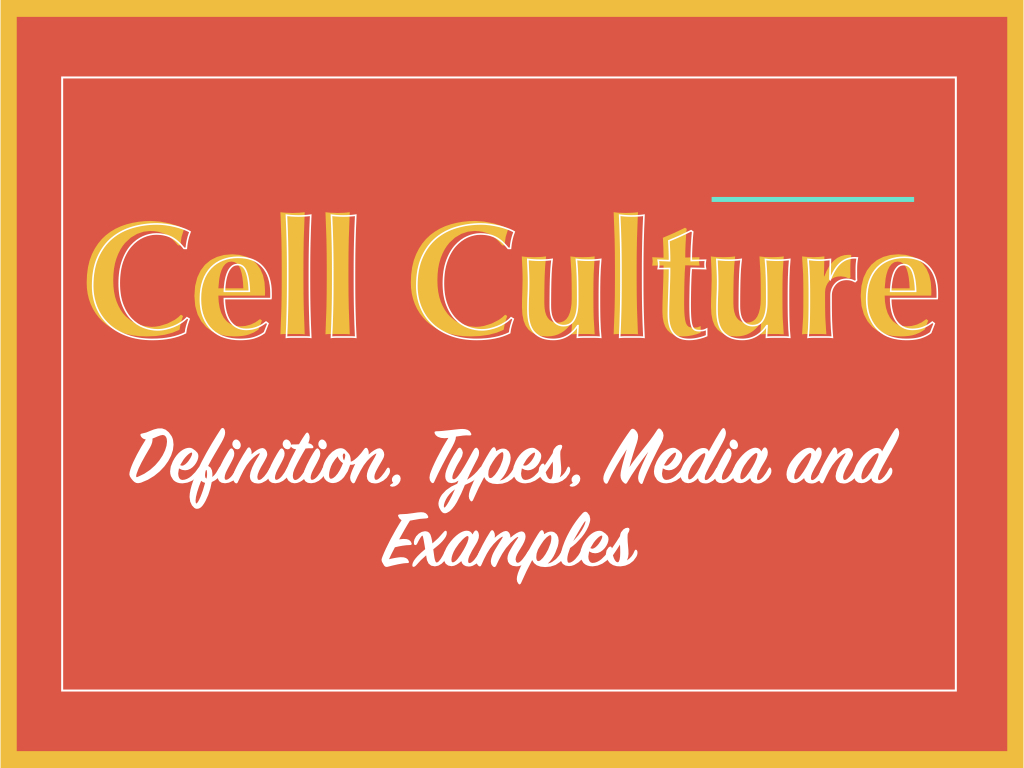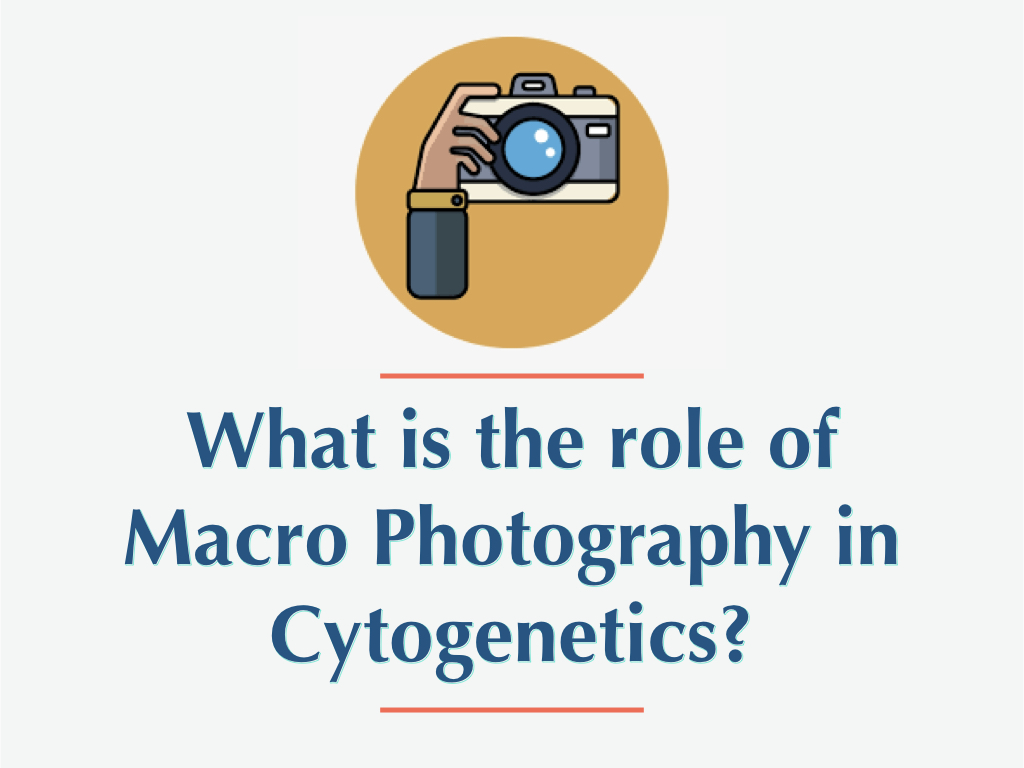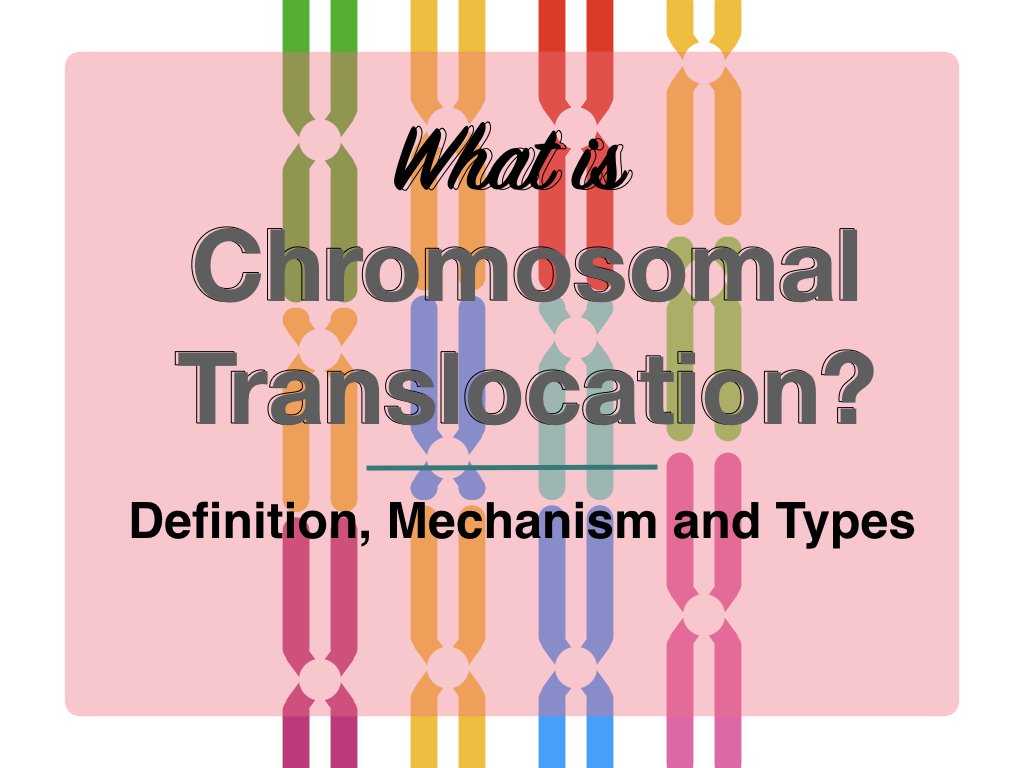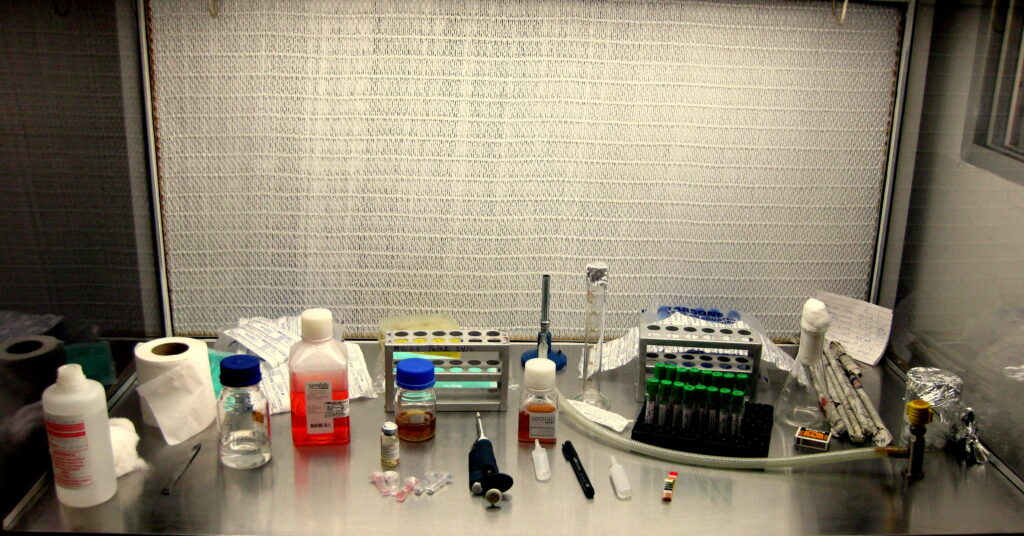Cell Culture: Definition, Types, Media and Examples
“The cell culture media is a composition of nutrients like amino acids, carbohydrates, vitamins and other ingredients essential for the growth of cells in vitro.” Culture allows scientists to learn more about cells and related things! The cell culture is an aseptic condition to isolate cells followed by growing them artificially, in vitro processes using …
Cell Culture: Definition, Types, Media and Examples Read More »







